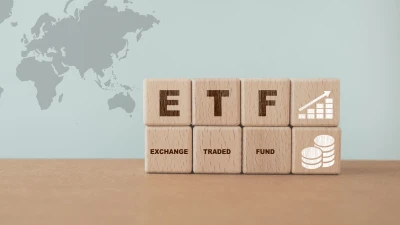Caution needed when hedging equities
Unlike bonds, which can be hedged 100 per cent back to the local currency for good returns with little risk, equities can produce very different results depending on portfolio time periods and fund management costs, according to Vanguard Investments Australia head of fixed interest Mathew McCrum.
For example, over 10 years, an unhedged equities portfolio produces a 5 per cent return for a risk of 13, while the same portfolio hedged produces a 6 per cent return for a slightly higher portfolio risk of 15.
“Currency movements are random and it is impossible for even the most astute investor to predict its future direction,” McCrum said.
“For this reason, many investors and advisers choose the strategy of least regret, which is to hedge 50 per cent of the portfolio and leave the remaining 50 per cent unhedged.”
In another approach to reducing risk, McCrum suggested investors select managers based on a strong currency management process and one that is focused on reducing overall costs, which can have a significant impact on the fund’s net return.
McCrum explained that with a $100 million fund, the manager with the highest transaction costs of 0.013 per cent per month would add $156,000 in costs over the year, compared to only $48,000 in costs for the low-cost manager transacting at 0.004 per cent per month.
Recommended for you
VanEck is expanding its fixed income range with a new ETF this week to complement its existing subordinated debt strategy which has received $1 billion in inflows this year.
Specialist global equities manager Nanuk has celebrated 10 years of its flagship New World Fund and is actively considering its next possible vehicle.
Australian equities manager Datt Capital has built a retail-friendly version of its small-cap strategy for advisers, previously only available for wholesale investors.
The dominance of passive funds is having a knock-on effect on Australia’s M&A environment by creating a less responsive shareholder base, according to law firm Minter Ellison.











